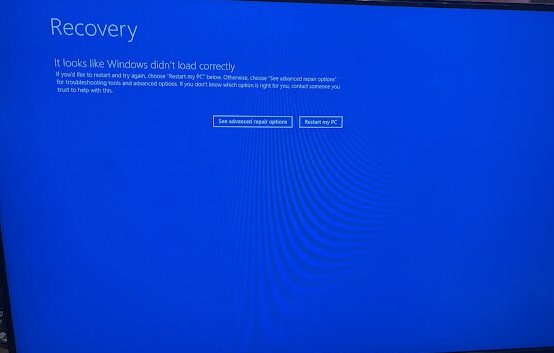When faced with a vPC split-brain scenario, swift and methodical troubleshooting is crucial to minimize downtime and restore network integrity.
Here are the steps I followed to isolate and resolve the issue:
1.Confirm Split-Brain: Verify if a vPC split-brain condition indeed exists. Check both vPC peer switches for discrepancies in their operational status.
2.Analyze Logs: Dive into the logs of the Cisco Nexus switches. Look for any unusual events or errors that might indicate the root cause of the split-brain scenario.
3.Review Configuration: Investigate the vPC configuration on both peer switches. Ensure consistency and correctness in settings, including VLANs, port channels, and member interfaces.
4.Network Traffic Analysis: Employ network traffic monitoring tools to identify any unusual patterns or traffic flows that might be contributing to the problem.
5.Physical Layer Examination: Physically inspect cables, connectors, and optics for potential issues.
A faulty physical connection could lead to split-brain scenarios.
Commands Used:
-show running-config vpc – Verifies the vPC configuration
-show vpc – Checks the status of the vPCs.
-show vpc peer-keepalive – Check the status of the vPC peer-keepalive link.
-show vpc consistency-parameters – Verify that the vPC peers have identical type-1 parameters.
-show port-channel summary – Verifies that the members in the port channel are mapped to the vPC.
-show tech-support vpc – Display detailed technical support information for vPCs.
Understanding the Cisco Nexus vPC Dual Failure Scenarios.
There are two dual failure scenarios in Cisco Nexus vPC.
1st scenario: Peer-link failure, followed by Keep-alive link.
In this scenario, when the peer-link experiences a disconnection, the member port will initially enter a suspended state. However, the heartbeat signal is maintained via the keep-alive link. Consequently, network traffic will continue to be routed through the primary peer switch. Subsequently, in the event of a keep-alive failure, the suspended ports will remain in their suspended state, and all network traffic will continue to be directed through the primary node.
2nd scenario: Keep-alive link failure, followed by Peer-link.
This failure is most critical. If the keep-alive link fails first, no immediate consequences will occur as the vPC peer roles have already been established. However, if the peer-link goes down after the keep-alive, the secondary vPC node will begin to assume that the primary node is entirely offline due to the absence of a heartbeat signal from the primary node. Consequently, the secondary node will assume the role of the primary, resulting in both vPC nodes forwarding traffic simultaneously. This particular scenario is referred to as a split-brain scenario within vPC.
The Virtual PortChannel (vPC) technology by Cisco has revolutionized data center networking by enhancing redundancy and performance.
Activate to view larger image,

Crd _ Ah Mer

